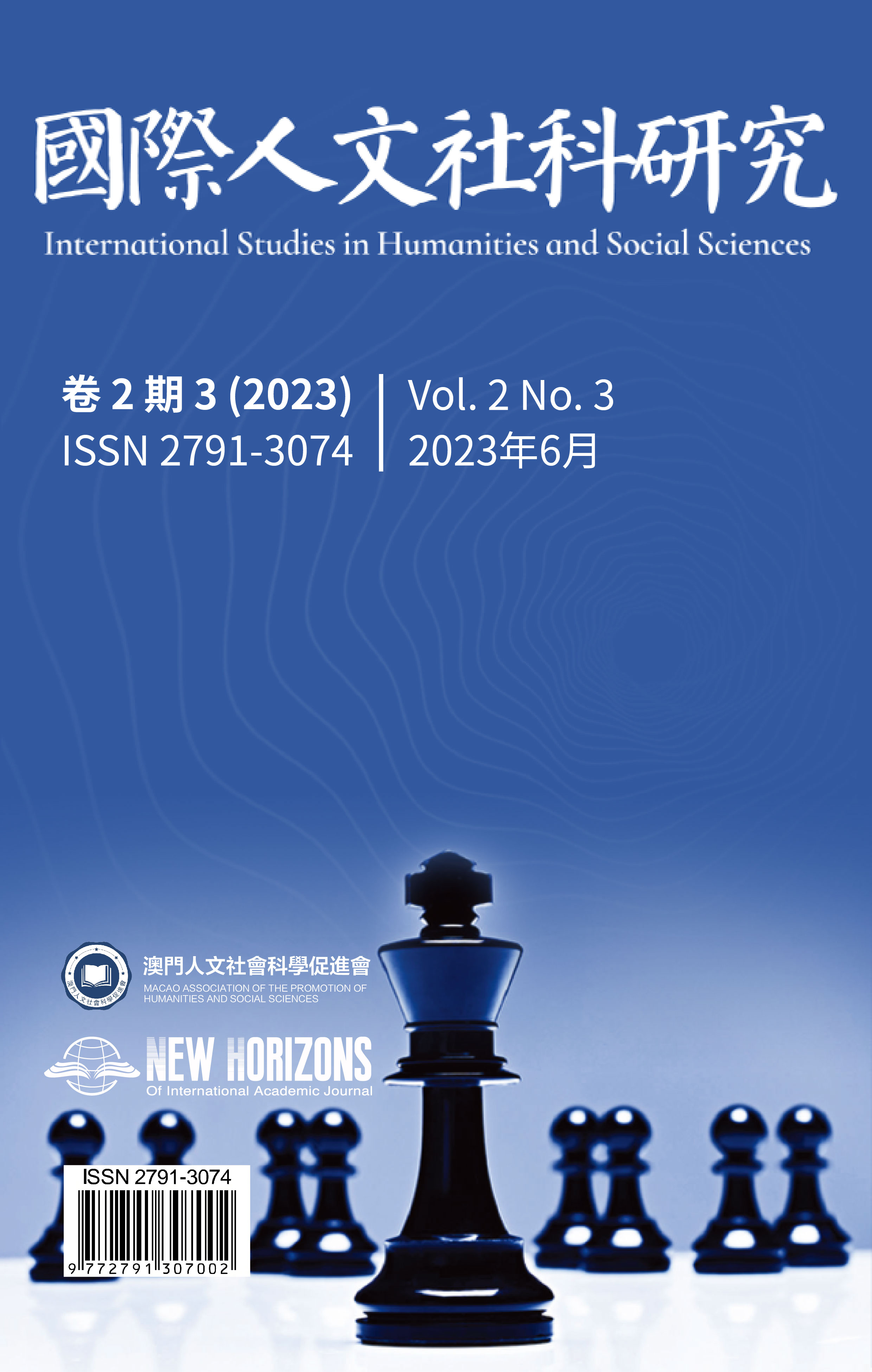The Development Path of Higher Education Cooperation in the Guangdong-Hong Kong-Macao Greater Bay Area
DOI:
https://doi.org/10.63944/4qrtcv21Keywords:
One country two systems, Guangdong-Hong Kong-Macao Greater Bay Area,Cooperation in higher educationAbstract
With the deepening of the implementation of the “Outline of the Development Plan for the Guangdong-Hong Kong-Macao Greater Bay Area”, the economic strength and regional competitiveness of the Guangdong-Hong Kong-Macao Greater Bay Area have been greatly improved, and people with international vision are the indispensable elements of the world-class first-class Bay Area, and talent cultivation cannot be separated from higher education, so the higher education cooperation in the Guangdong-Hong Kong-Macao Greater Bay Area has high strategic significance. Experts and scholars have made suggestions on how to specifically implement the topic of “promoting the development of higher education cooperation” , and relevant research and expositions are constantly being updated, seeking breakthroughs for higher education cooperation in the Guangdong-Hong Kong-Macao Greater Bay Area, which is in the exploration stage. This paper argues that only by drawing the development map of higher education cooperation in the Greater Bay Area from the perspective of the rule of law and eliminating the differences in higher education concepts between Guangdong, Hong Kong and Macao in the system can we establish a global awareness of higher education cooperation in the Greater Bay Area, so as to ensure that the development of higher education cooperation in the Guangdong-Hong Kong-Macao Greater Bay Area advances steadily on the track of rule of law.










